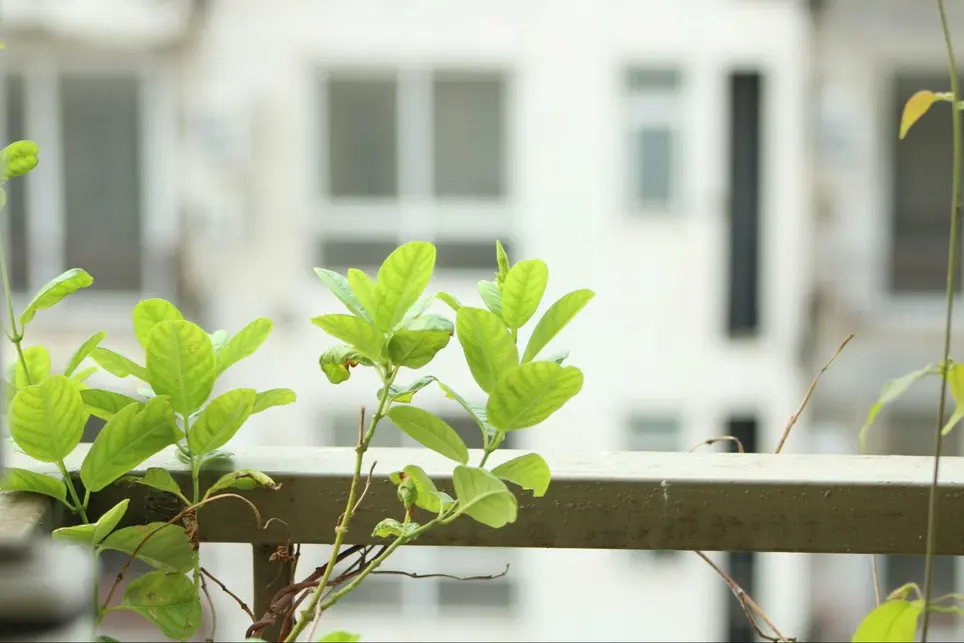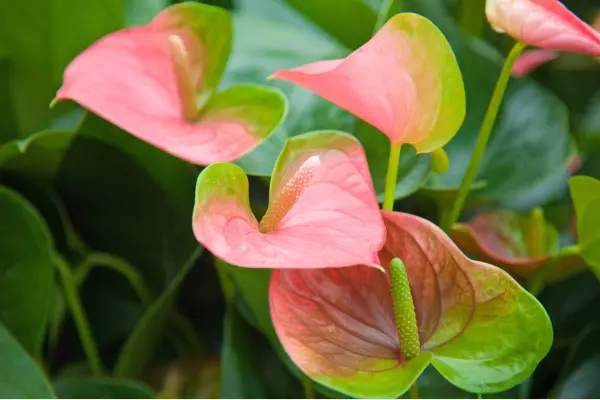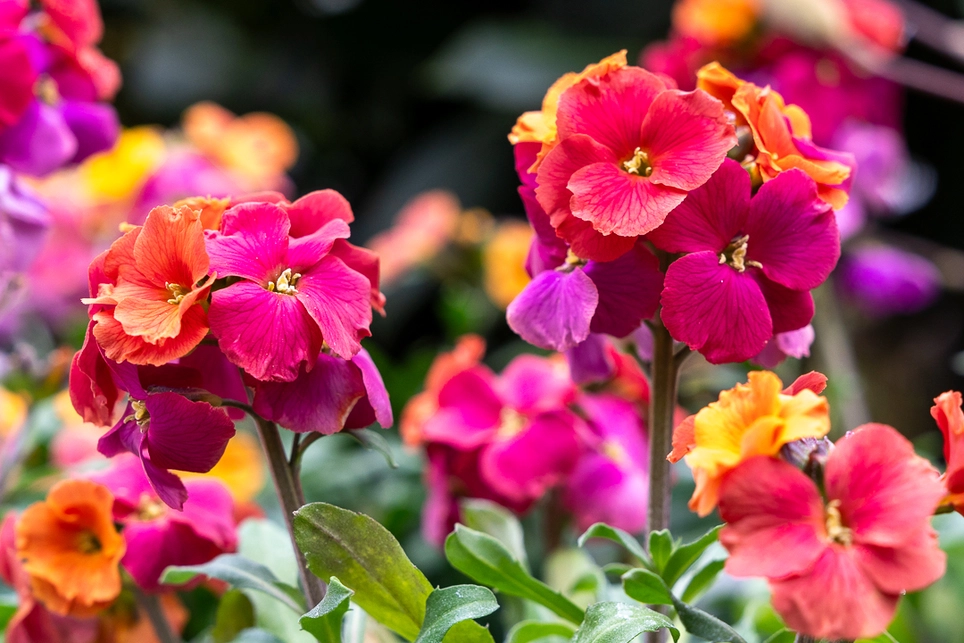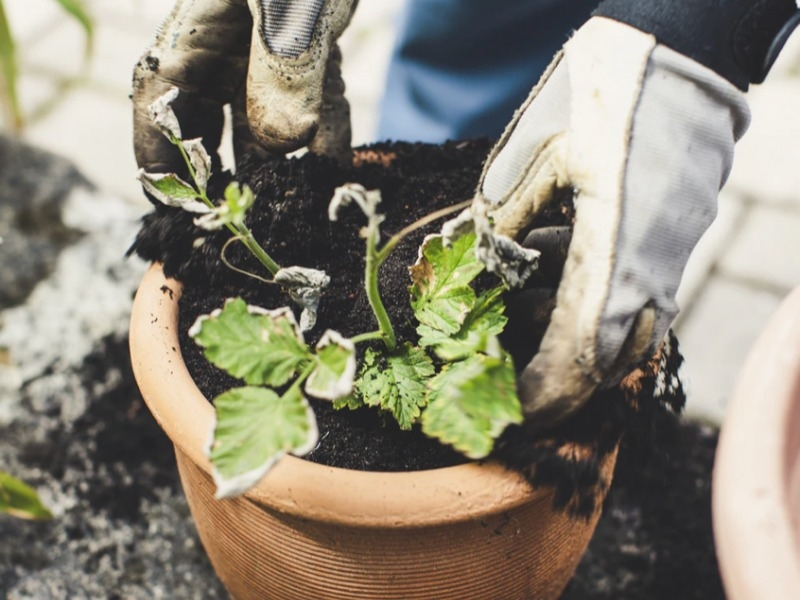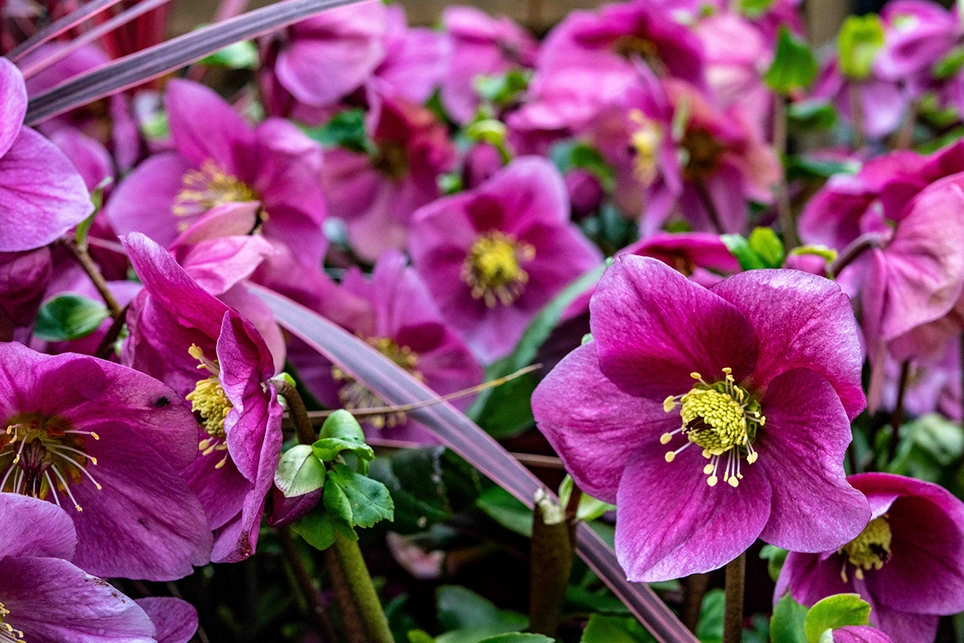
Often perceived as a quiet time in the garden, many plants come into their own during this period. February brings structure, colour, and scent to outdoor spaces. The key is choosing plants that withstand the cold and even thrive.
Hellebores: Winter’s Quiet Rebels
This year, Hellebores are exceptional, as so many new varieties have appeared, and are among the most resilient in winter gardens. Flowering from late winter into early spring, their elegant, nodding heads appear in shades of deep burgundy, blush pink, soft green, and ivory white, providing a nuanced colour scheme that contrasts with brilliance against their dark, evergreen foliage. Tough, reliable, and low-maintenance, Hellebores are an excellent choice for winter planting.
Where and How to Use Hellebores
- Under trees & shrubs: They thrive in dappled shade, making them perfect for underplanting beneath deciduous trees and larger shrubs.
- In winter containers: Pair them with ferns, Heucheras, and ivy for a textured winter display on a patio or balcony.
- In mixed borders: Combine with snowdrops, Cyclamen, and winter aconites for a natural woodland look.
New Hellebore Varieties at Boma
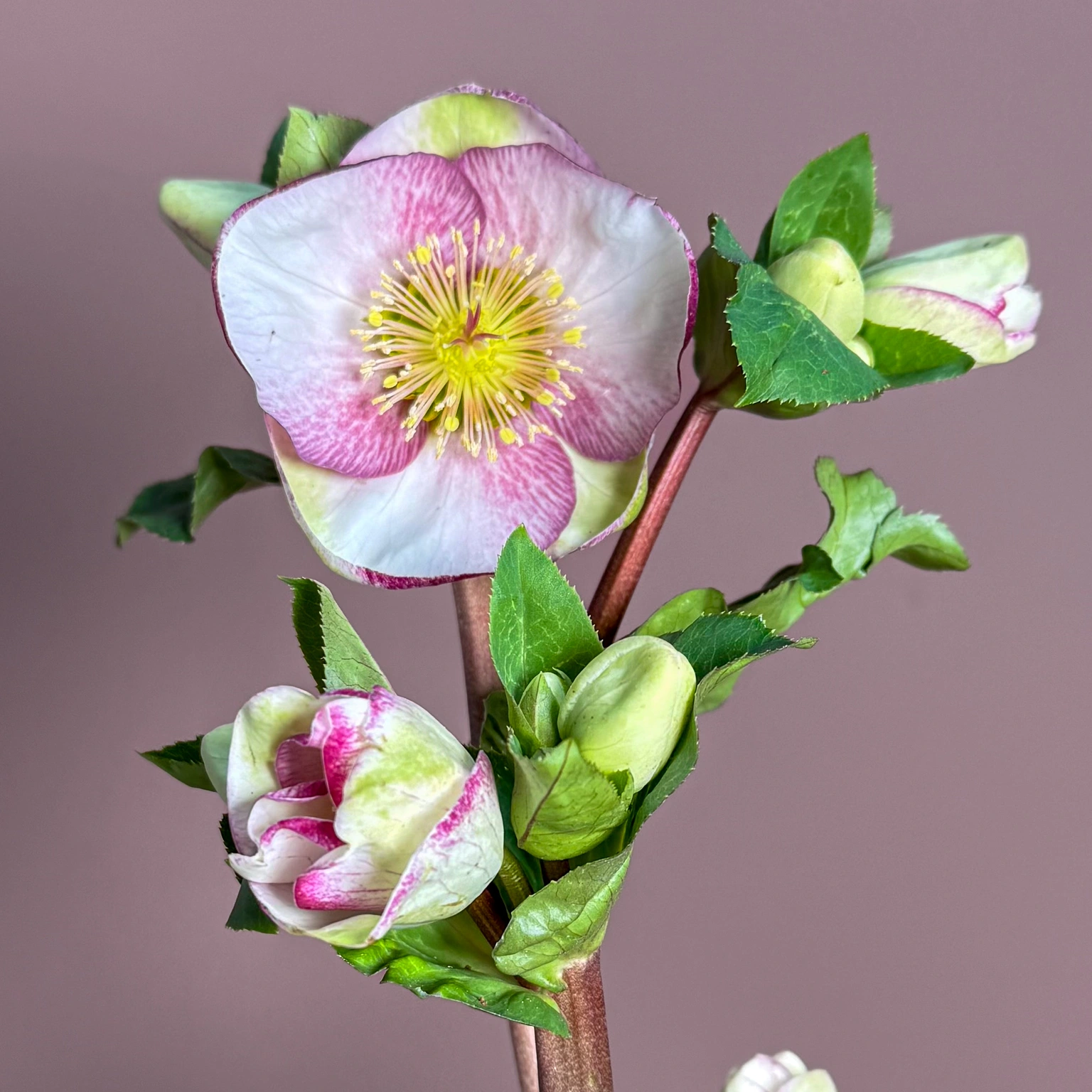
Helleborus 'Frostkist Charmer'
Recent arrivals of new varieties, bring something unique to the winter garden:
✔ Charmer – Deep pink flowers with striking dark veins, perfect for adding warmth to winter borders.
✔ Pirouette – A beautifully layered, double-flowered variety with soft blush petals.
✔ Lulu – A compact, long-flowering variety with rich pink blooms.
✔ Winter Ballet Liara – Elegant, pale pink and cream flowers that contrast beautifully with deep green foliage.
✔ Penny’s Pink – A striking variety with dark pink blooms and silver-marble foliage.
Sean, Director and Head Buyer at Boma, notes: "Hellebores are one of the most rewarding winter-flowering perennials. Their ability to brighten up shaded areas makes them a fantastic addition to any garden."
Sarcococca: Winter’s Best-Kept Fragrance Secret
Not all beauty is visual—some plants create impact through scent.
Sarcococca, also known as Sweet Box, produces small but powerfully fragrant white flowers in winter, often unnoticed until their intoxicating vanilla-like scent hangs in the air. It is an ideal plant for shaded areas and remains compact, making it particularly useful in small gardens.
Where to Plant Sarcococca
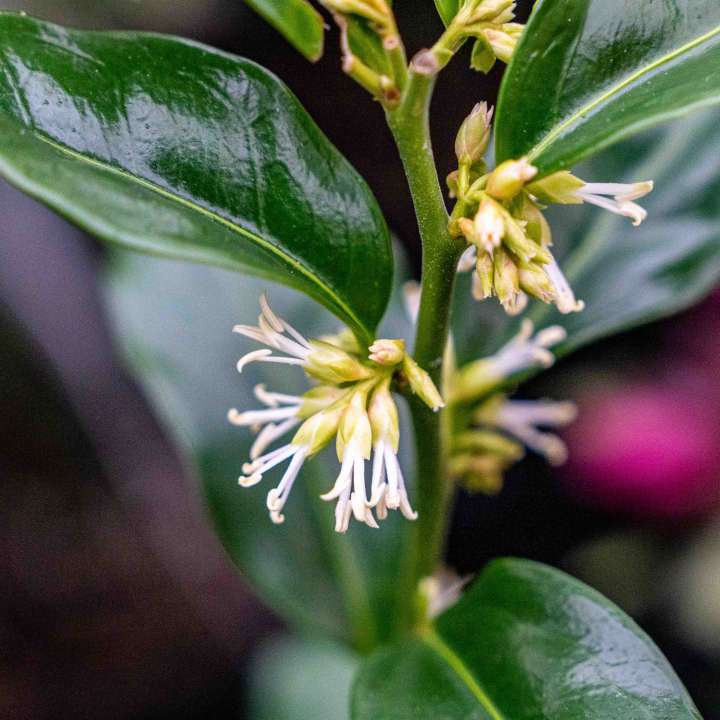
Sarcococca hookeriana
- Near doorways and pathways: Position where its scent can be fully appreciated.
- Under taller trees and shrubs: Thrives in shady areas, providing winter interest.
- Paired with Hellebores and ferns: Creates a layered planting effect in woodland borders.
Ben, Boma’s Chief Outdoor Plant Horticulturist, advises: "Sarcococca is perfect for city gardens. It’s low maintenance, copes well with shade, and brings unexpected fragrance to an outdoor space when little else is flowering."
Boma stocks Dragon Gate, Winter Gem, and Purple Stem, all excellent for adding evergreen structure and winter scent to your garden.
Camellias: Winter’s Showstoppers
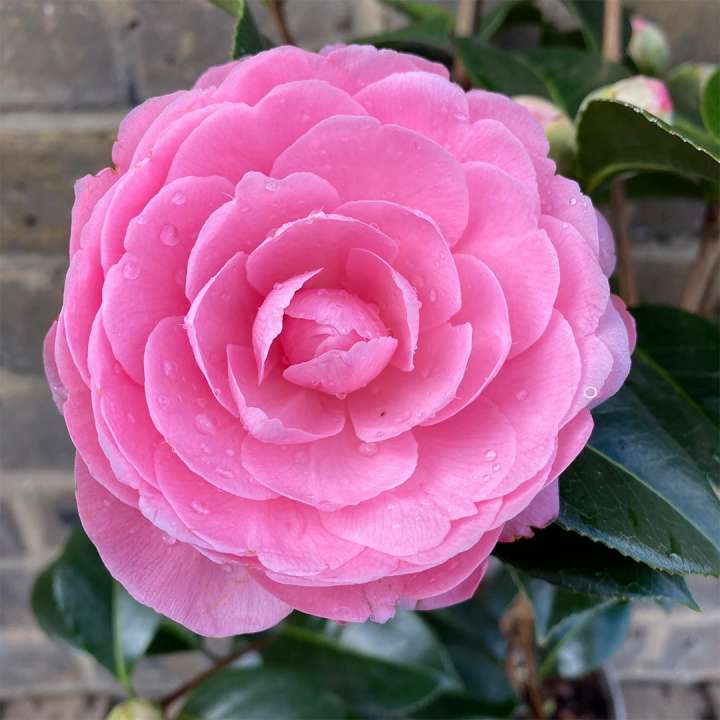
Camellia × williamsii 'E G Waterhouse'
Camellias bring bold, rose-like blooms to winter gardens. Flowering between late winter and early spring, their deep green, glossy leaves provide year-round interest. Their flowers, ranging from soft pinks to rich reds and crisp whites, appear when little else is in bloom, making them a striking f
ocal point.
How to Make the Most of Camellias
- Container planting with ericaceous compost ensures they thrive in alkaline soils.
- Morning sun, and afternoon shade is the ideal positioning to protect their blooms.
- Pair with Pieris, Rhododendrons, and ferns for a balanced and structured planting scheme.
Among the Camellias available at Boma this season are Cupido, Winter Perfume, Brushfield Yellow, and Nuccio’s Gem, all known for their long-lasting and elegant blooms.
Potted Bulbs: A Glimpse of Spring
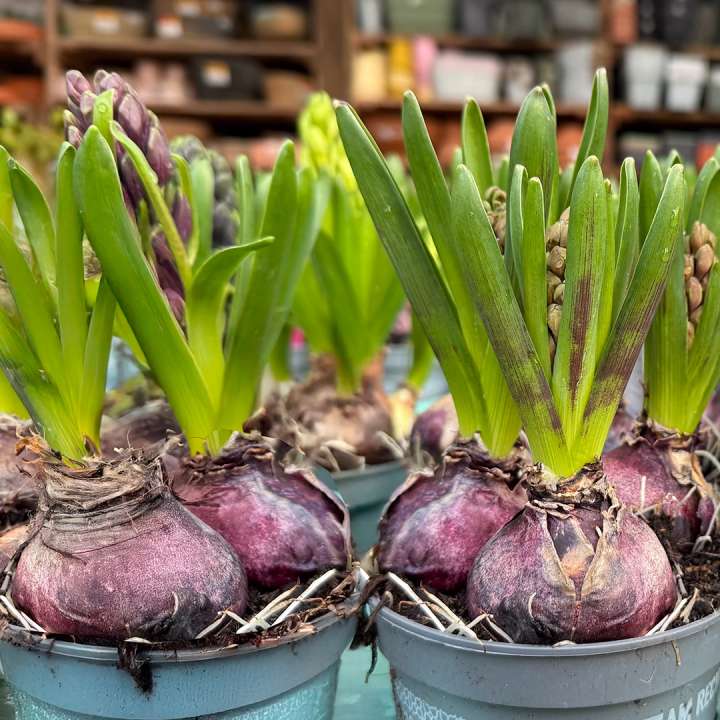
Potted Spring Bulbs at Boma
While Hellebores, Sarcococca, and Camellias take centre stage in February, now is also the time to plant potted bulbs to ensure an early spring display.
Snowdrops, Crocuses, Daffodils, and Hyacinths are particularly well-suited for:
✔ Containers and balcony gardens – Perfect for small urban spaces.
✔ Border edges – Planted en masse, they create waves of early colour.
✔ Underplanting Hellebores – The perfect woodland garden combination.
Boma’s selection includes ready-to-plant bulbs that will ensure a bright and cheerful transition into spring.
Designing a Stunning February Garden
For a balcony or patio:
- One large terracotta planter featuring a Camellia as the centrepiece.
- Surround with smaller pots of Hellebores, ivy, and Heucheras for texture.
- Add potted Snowdrops or Daffodils for an early burst of colour.
For a shaded garden border:
- Layer Sarcococca at the back for evergreen structure and fragrance.
- Plant Hellebores in front for continuous flowering.
- Scatter Snowdrops and early Crocuses to add a natural woodland feel.
Visit Boma & Bring Winter to Life
February is a time of subtle beauty, with carefully selected plants making all the difference to the winter landscape. Whether you are looking for bold colour, elegant fragrance, or evergreen structure, Boma’s selection of seasonal plants will provide inspiration and impact.
Our team is always available to offer expert guidance on plant selection and care. Visit us in Kentish Town to explore our collection and discover how to make February a highlight in your garden.




